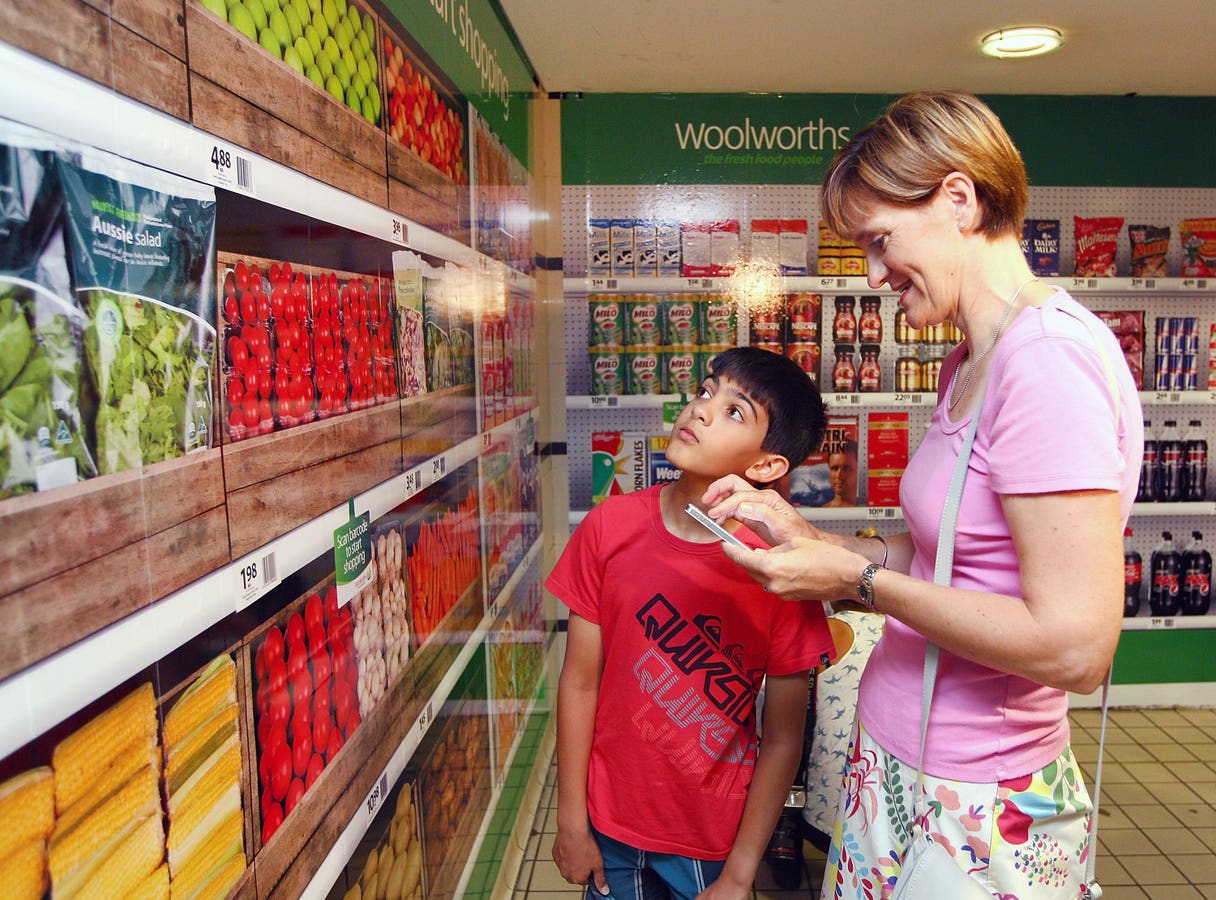If necessity is the mother of invention, then the food system is ripe for innovation.
The sector has been hit by surging energy prices and massive disruption from the turmoil in Ukraine, as well as the recent unrest in Israel and Gaza, which have led to a jump in inflation and rising food prices around the world. For a sector that is structurally over-reliant on global supply chains, these shocks have created a perfect storm. The need to keep food affordable and available, coupled with a post-pandemic demand for healthier options, is driving innovation across the entire food supply chain.
There are nearly eight billion people in the world today. Despite the headlines of shrinking populations in developed countries, food demand will continue to increase year on year as the global population peaks at 10 billion people. But our food systems remain based on post-World War II technology focused on volume production and efficiency from economies of scale. While efforts are being made to improve standards, many experts believe that this way of generating efficiency through intensive farming now needs to adjust to new expectations around sustainability and move to the emissions trajectory climate scientists say we need. Market leaders that can achieve this and help to insulate consumers from these market shocks will no doubt gain market share.
However, creating affordable, accessible, nutritional, environmentally conscious, and ethically sound options that also make good business sense is challenging for both governments and the food industry, points out Andrea Webster, Finance System Transformation Lead at World Benchmarking Alliance. Market participants must balance the need to anticipate and manage global issues with responding to local requirements.
Global issues, local solutions
“Food shortages can trigger social unrest, especially if the responses to them are not sufficiently thought through. Many countries that were already dealing with poor governance and a high debt burden were then hit by the impact of the pandemic on global movement of food. Joining these dots is complicated but the worst impacts can be mitigated if decision-makers consult all stakeholders before making important decisions on food supplies. One key lesson from past crises is that global issues still need localized solutions,” Webster comments.
“Supermarkets are the obvious choice to leverage local knowledge and identify the nuances of applying innovation. They have data from online shopping, coupled with face-to-face experience with their customers in bricks and mortar stores. They are platforms that wield enormous power, but they have to balance the competing needs of their customers and with their suppliers.”
At the same time, research shows that consumers – particularly Gen Z shoppers – increasingly want their ethical and environmental values to be reflected in their shopping habits and they are making more informed choices as a result. Supermarkets that provide transparency from farm to fork will attract shoppers, protecting themselves from the price wars to which less innovative rivals will be vulnerable.
Technology improves efficiency
“As well as an omnichannel approach, making an organization available online, by telephone, or in a store, supermarkets are also using technological advances such as blockchain, artificial intelligence, robotics, data, and processing applications to make their supply chains more efficient and reduce adverse environmental and ethical impacts,” Webster added.
“A recent ING report points out that technology is helping to make food producers more efficient and better able to meet the needs of a growing world population. Innovation can empower local food suppliers, making them better able to supply what local markets need, creating brand loyalty for these producers. It is also a sound investment, with farmers who start using digital technologies earning around $10 for every $1 spent. This, in turn, attracts more producers into the marketplace.”
It requires specific skills to make a profit while providing low prices and a wide selection simultaneously. One successful example of this type of omnichannel structure, according to SustainFinance, is the Turkey-based “Migros” supermarket chain and its “Migros One” online channel, which makes the business more flexible and profitable, while blockchain provides transparent traceability for certain products.
AI and robotic technology has led to a 12-fold increase in online sales in the last three years. The group also builds trust through in-store product innovation, helping locally produced brands with bespoke logistics solutions to ensure they can deliver their products despite high-density urban sprawl and floating regional communities.
Verifying sustainability credentials
Increased consumer awareness of digital traceability is also fueling innovation. Identifying and tracking the origin, date, distribution, location, and application of a product can validate sustainability claims in human and labor rights, health and safety, environment, and anti-corruption. Traceability can also assure consumers that the product is genuinely sourced and produced in compliance with global environmental and ethical standards.
Using technology to meet this growing demand for transparency is a global trend. Chinese e-commerce company JD.com has launched 7Fresh, which combines the online and offline in an experience called “Retail Unlimited.” Shoppers can use in-store technology to scan items and view product information on country of origin and nutritional value.
Amazon’s digital assistant Alexa enables customers to shop by voice activation at Whole Foods, the US-based Amazon Prime members’ grocery chain. With the increased accuracy and customization that machine learning and artificial intelligence offer, the system can analyze data from previous orders, learning and reinforcing brand preference.
“This is all well and good in countries with high internet usage, where online delivery and infrastructure exist to support it. Where online shopping is culturally less prevalent and where local terrain presents unique challenges, improving accessibility requires locally driven initiatives,” Webster adds.
“Given that food security, in terms of affordability or accessibility, is essential to a functioning society and a thriving economy, supermarkets that put these issues at the heart of their innovation strategy and carry communities through challenging times will reap the longer-term dividends – both literally and metaphorically.”
Read the full article here





